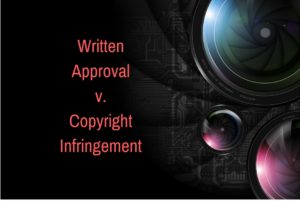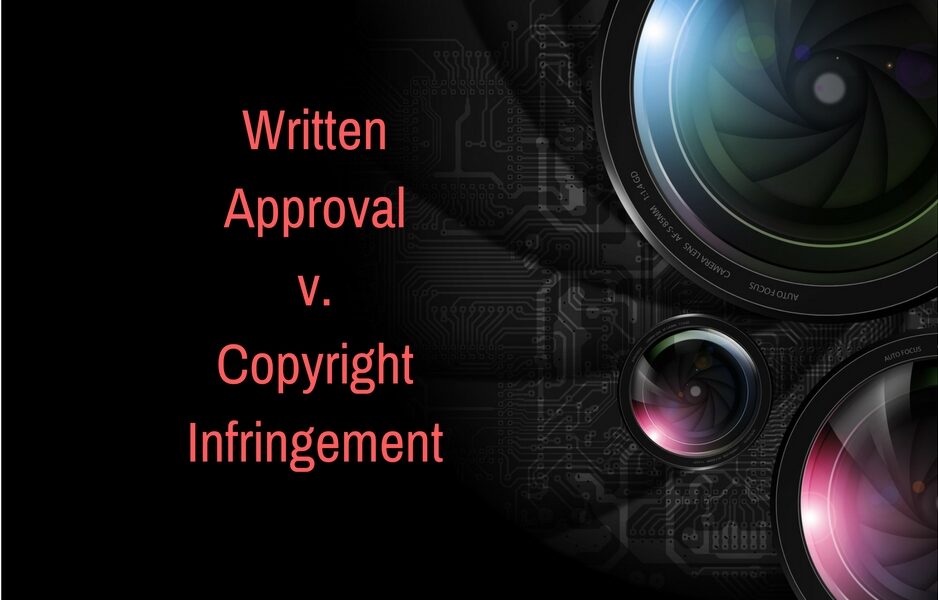 If you’re an aspiring artist, make sure you get written approval to use any of the artwork or photography included in your work or in its promotion.
If you’re an aspiring artist, make sure you get written approval to use any of the artwork or photography included in your work or in its promotion.
If you act in concert with a promoter or record company to wrongfully use another person’s work, and benefit financially from those activities, you may be liable for copyright infringement and other related claims that would carry penalties.
Example: Recording Artist Sued for Copyright Infringement
Alexander Flemming is a photographer residing in Denmark. He took a photo of Louise Rams, also a resident of Denmark, with her index finger over her closed mouth in a “shh, don’t tell” gesture. A recording artist, Jeremih Felton, used that photo on the cover of his album titled “Don’t Tell ‘Em.” Flemming and Rams sued Def Jam Records, Universal Music Group, and Felton for copyright infringement in federal court in California. The pair alleged the defendants used the photograph without authorization.
Specifically, the plaintiffs asserted several claims, including copyright infringement, vicarious copyright infringement, and right of publicity. Jeremih and his legal team hoped the district court would dismiss the suit, but it denied their motions. Instead, it found the plaintiffs had properly alleged each of the claims.
On the contributory copyright infringement claim, the court determined that Jeremih would have reason to know of the infringing use of the photograph. The court found it reasonable to infer that to distribute and perform his music, Jeremih would actively promote his music, including the album featuring Flemming’s photo. The court held the facts alleged against Jeremih were sufficient to plead he both authorized the infringement and acted in concert with the other defendants in infringing the photograph.
On the claim of vicarious copyright infringement (meaning that Jeremih could also be held liable for the acts committed by the record label), the district court noted that a plaintiff must only allege the defendant has refused to exercise the right and ability to supervise or control the infringing activity, and received a direct financial benefit from that activity. The court found the plaintiffs properly alleged that Jeremih had the right and ability to supervise the other defendants’ selection of cover art for his album. The album bearing the photograph was marketed, published, and distributed under the name “Jeremih.” As the literal face of the album, Flemming’s photograph played a role in the marketability of the song and the artist, thus giving Jeremih a direct financial benefit through album sales.
The court also denied the defendants’ motion to dismiss Rams’ right of publicity claim because California law applied to protect that right. Defendants argued that Denmark law should apply because Rams was domiciled there. Denmark’s laws, however, do not recognize a right of publicity claim by non-celebrities. Because the parties had previously agreed that California law should apply, the district court applied the state’s choice of law rules to determine what substantive law should apply. It concluded that California law should apply because Denmark law did not provide the plaintiffs with a legal right to recover for a violation of the right of publicity, and California had a stronger interest in having its laws applied because the bad acts occurred in California. The court ruled that Rams had properly alleged a violation of her right of publicity because defendants knowingly distributed her image throughout California without authorization and profited from it.
While the Internet makes it easy to find inspiration for artistic work or quickly create promotional materials, it also makes it easy to knowingly or unknowingly incorporate the protected work of others. Take precaution when developing creative work, or even when reviewing and approving work created by others.

